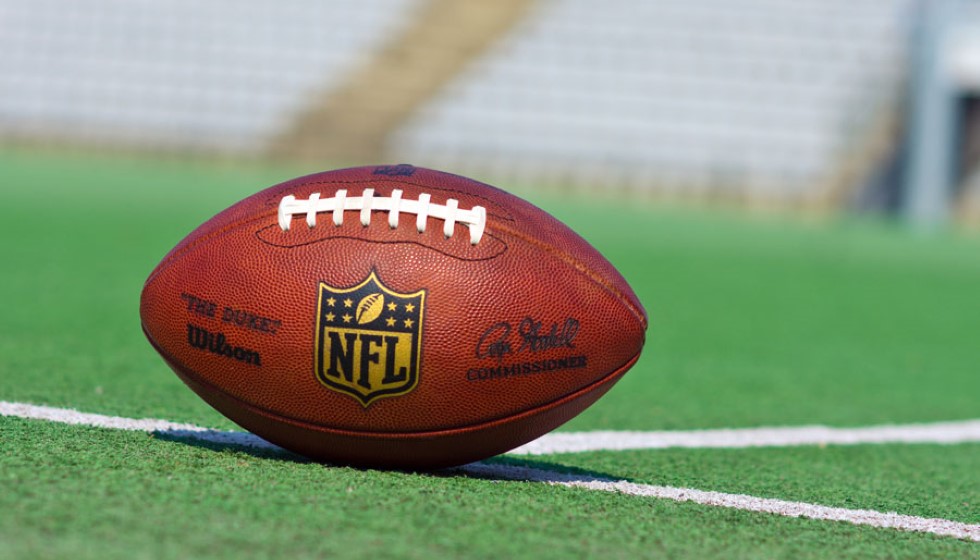
NFL’s Apparel Deal: A New Era on the Horizon
The National Football League's partnership with Nike, established in 2012, is approaching a pivotal juncture as the current uniform deal is set to expire in 2027. With the bidding process officially underway, the sports landscape could be poised for another seismic shift similar to the one witnessed when Nike replaced Reebok over a decade ago. This transition offers a unique glimpse into the intricate interplay of sports culture, business strategy, and fan engagement that these high-stakes apparel deals influence.
Since Nike secured the role of the NFL's uniform manufacturer, significant strides have been made in both design innovation and branding alignment. Notably, Nike's current contract grants teams the flexibility to integrate up to three distinct helmet styles, an enhancement that has allowed franchises like the Denver Broncos and Houston Texans to recently unveil significant uniform redesigns. This flexibility not only serves to refresh team identities but also impacts fan culture and engagement, as new designs often spark increased interest and merchandise sales.
Before Nike's league-wide contract, individual NFL teams navigated their own apparel deals, partnering with various brands such as Adidas, Logo, Puma, Reebok, and Starter. This diverse branding landscape saw teams cultivating unique identities, a trend that contrasts with today's more unified approach under a single manufacturer. The shift to a league-wide contract underscores the NFL's strategic pivot towards consolidating brand strength and maximizing financial benefits through a singular partnership.
In the realm of sports marketing, apparel deals are more than just transactions—they are fundamental to a league's commercial and branding strategy. The right partnership enhances the visual representation of the league, aligning team uniforms with market trends while fostering global brand recognition. As such, the open and active bidding process currently underway is a highly scrutinized aspect of the NFL's strategic planning for the coming decade.
This endeavor also highlights the competitive nature of the sports apparel industry. For Nike, securing the contract in 2012 marked an expansion of its dominance in sports apparel, reinforcing its status as a powerhouse brand. As the bidding process begins again, potential bidders will aim to usurp Nike, each bringing their unique blend of innovation, brand power, and financial clout to the table. The competition is fierce, with every party keenly aware of the monumental cultural and commercial impact that comes with manufacturing apparel for one of the world's most watched sports leagues.
Given the breadth and influence of the NFL's apparel contracts, the anticipation surrounding the next partnership is palpable across stakeholders. Players, teams, fans, and shareholders alike are cognizant that the outcome will not only redefine on-field aesthetics but also influence perceptions of the league itself. Industry insiders speculate that the forthcoming deal could set new precedents in design innovation, sustainability efforts, and fan interaction through technology-driven apparel features.
The impending expiration of Nike’s deal is more than just a call for new uniforms; it’s a symbol of continual evolution within the league. As the process unfolds, the sports world braces for an announcement that promises to merge tradition with modernity, shaping how the NFL is seen by a global audience. With bidders laying out their visions to captivate the league, the next few years will be watched with intent as they chart the NFL’s sartorial future.